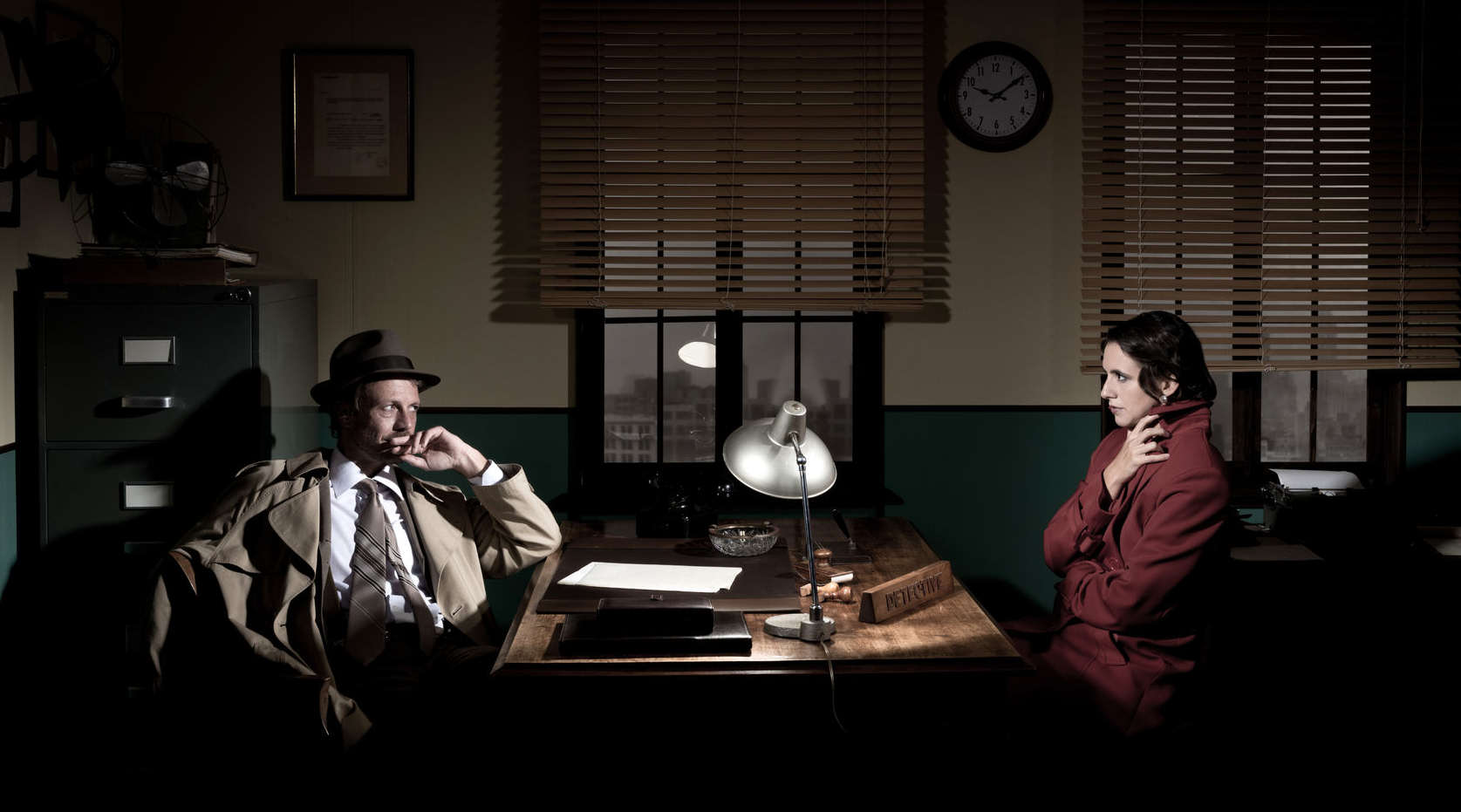

Retired banker Roger Hammond stares at the crisp white rectangle on the desk, and feels a shudder run through his aged frame.
The letter has been printed in twelve-point, italic ‘Times’ on a single A4 sheet of white paper. Folded neatly into three, it concertinas open before him, resembling the beginnings of some awful stairway. Whether up or down he can’t decide.
The letter consists of just three words. His first name, at the top, and below this: Tell someone.
It arrived on his mat a few minutes earlier, along with the usual angry demands from the utility companies and the copious drifts of junk mail. His ginger Tom had been sniffing beside it and mewling to be let out. When he opened the door, rays of summer sun had slanted through the gap and alighted on the corner of the generic brown, unaddressed envelope, and he’d immediately known that something was wrong.
Tell someone.
Staring at the words, his mind enacts a kind of time travel, whisking him back through the corridors of memory to a night in October, 1984 … A hotel room, a mocking giggle, a young woman—a girl really—her face puffy and clown-like with make-up, the bed-sheets pulled back, exposing the stained mattress beneath …
He banishes the image. Then, with a flurry of rage, tears the letter into pieces. The scraps flutter like falling blossom. He leaves them where they fall.
He takes his supper in the living room, where he can watch TV without interruption. His house is situated in a fairly affluent area, but the latest round of fools in Westminster has seen fit to introduce a round of ‘sheltered accommodation’ schemes for the under-privileged, and as a result the house next door—which has stood blissfully uninhabited for over a decade—has now been turned into a kind of halfway house for young families. The past few months has been hell, kids screaming and thumping up and down stairs, couples arguing, day and night. At one point he’d even considered moving out, but this place holds too many ghosts of Wendy, and leaving would somehow equate to leaving her too. Thankfully, the living room is where the walls are thickest, and only the occasional weak intrusion ever makes it through.
Hammond settles the tray containing his chicken and mushroom pie on his lap and flicks on the TV. A game-show is on. His eyes follow disinterestedly, raising his fork now and then and chewing without expression. Gravy dribbles down his chin as his mind travels back to happier times.
Ignoring the dark ones.
As evening begins to close in he takes his plate to the kitchen, scrapes the remainder into the bin and tosses the plate among the others in the sink. Then he takes a pouch from the cupboard under the sink and starts spooling the unpleasant slop into the cat’s bowl. He lays the bowl in its appointed place, and goes to let the cat in. The cat is waiting patiently. After a few appreciative rubs against his shins it pads to the bowl and starts to eat. As Hammond closes the front door he finds his eyes drawn to the mat. He stares for some time, and the words of the letter repeat like a mantra. Tell someone, tell someone …
The cat raises its head briefly, “Who sent it, do you think?”
Roger shakes his head. “I don’t know.”
He goes to bed.
The next morning another letter is waiting.
If you won’t tell, I will.
Hammond throttles the page, hauls the front door wide. The street is drenched in sunlight and chatter, people walk to and fro, chatting occasionally to each other, but mostly into those little rectangles they seem to find so amusing. He studies their faces, looking for the perpetrator. No-one looks back, no-one looks particularly guilty either; he closes the door.
Hobbling through to the living room, still clutching the letter, he slumps into his favourite chair. The cat—perhaps sensing his distemper—follows, its tail arching lazily, and begins to rub against his ankles. He looks down. “Who could it be?”
The cat looks up. “You tell me.”
“There’s no-one left!” Hammond says, unfolding the crumpled page and reading again.
“True,” the cat replies, licking its paws, “but they can do wonderful things with forensics these days, Roger.”
Hammond stiffens. Of course, DNA! … “You think they found something?”
“Perhaps. You can’t delete history.”
(Visit Amazon for a print version)
Digital Subscription
Future issues are emailed on the 1st of each month.
|
HATE MAIL is an excellent story. Great formatting. Love the twist at the end. I am ashamed to say I did not see that coming. Superb.
Rick | ||
|
I enjoyed this story. I find cats can often communicate in unexpected ways and I like the way this was woven into the story b | ||
|
Good story | ||



